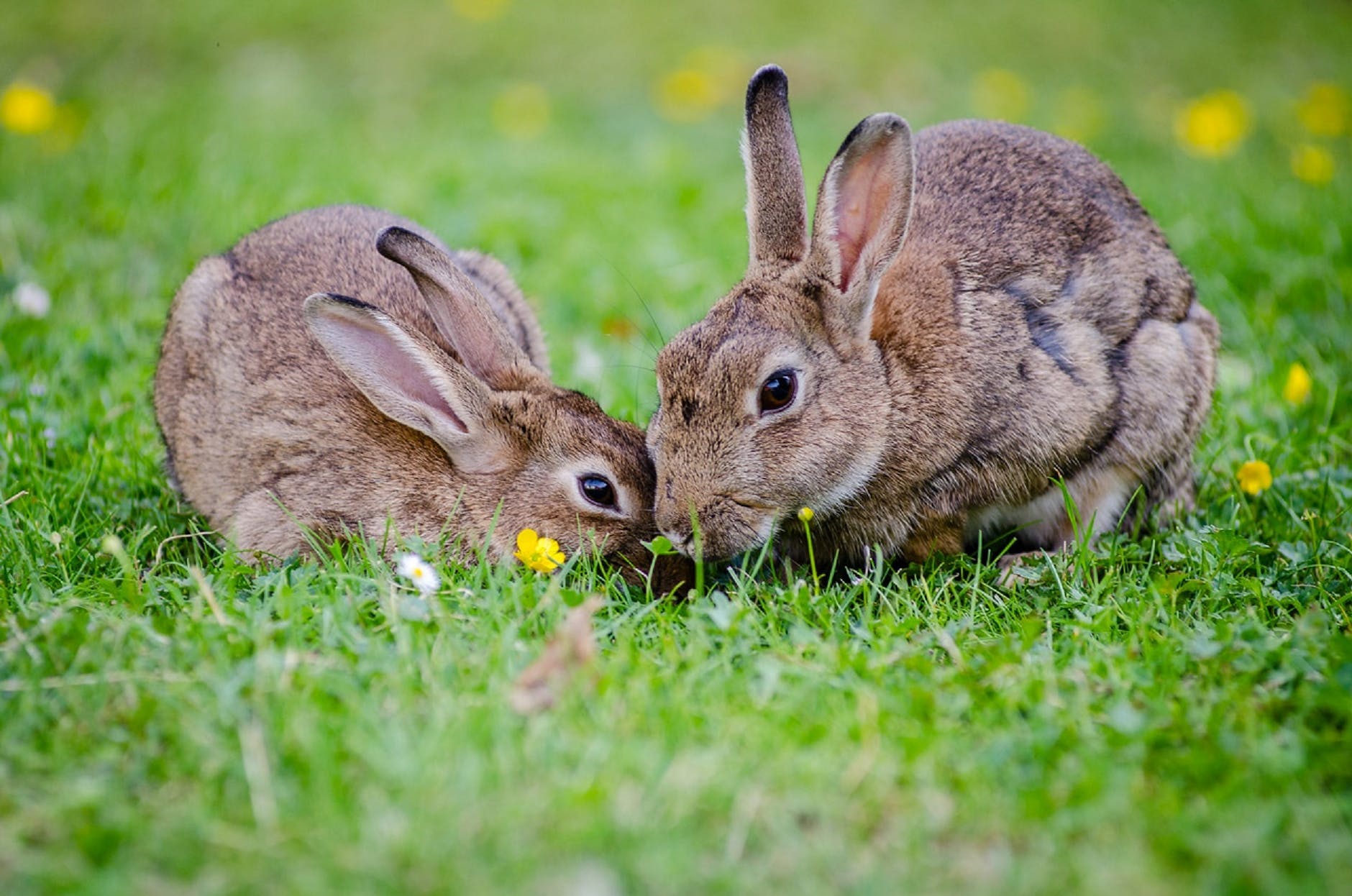 he rabbit invasion stands as a remarkable case of how a seemingly innocent introduction of a few rabbits can quickly spiral into an overwhelming population explosion. This astonishing phenomenon has occurred in various regions worldwide, leaving ecological and agricultural impacts in its wake. In this article, we delve into the captivating story of how 24 rabbits multiplied into a staggering 200 million in just a matter of years, exploring the factors behind their rapid reproduction, the consequences of their proliferation, and the efforts undertaken to mitigate their impact.
he rabbit invasion stands as a remarkable case of how a seemingly innocent introduction of a few rabbits can quickly spiral into an overwhelming population explosion. This astonishing phenomenon has occurred in various regions worldwide, leaving ecological and agricultural impacts in its wake. In this article, we delve into the captivating story of how 24 rabbits multiplied into a staggering 200 million in just a matter of years, exploring the factors behind their rapid reproduction, the consequences of their proliferation, and the efforts undertaken to mitigate their impact.
The Introduction of 24 Rabbits
The origins of the rabbit invasion can be traced back to the introduction of a mere 24 rabbits into a new habitat, setting the stage for an unexpected population explosion.
In many cases, the introduction of rabbits to non-native environments was driven by human influence. Whether intentional or accidental, the translocation of rabbits from their natural habitats to unfamiliar regions provided the initial catalyst for their remarkable population growth. These introductions were often made for various purposes, including hunting, aesthetic appeal, or economic interests such as fur farming.
In certain habitats, the absence of natural predators played a crucial role in facilitating the rabbits’ rapid reproduction. Without natural checks on their population, rabbits were able to thrive and multiply at an alarming rate. Their ability to breed quickly, with short gestation periods and large litters, allowed them to capitalize on the favorable conditions of their new environment.
Rabbits are known for their adaptability, and they can thrive in a wide range of habitats. They are highly efficient herbivores, capable of consuming vast quantities of vegetation, which can have significant ecological consequences. Their feeding habits can lead to overgrazing, negatively impacting native plant species and disrupting the delicate balance of ecosystems.
Rapid Reproduction and Population Growth
The introduction of a few rabbits set the stage for an astonishing explosion in population numbers, driven by their remarkable reproductive capacity.
Rabbits are renowned for their reproductive prowess. A single female rabbit, known as a doe, can produce several litters of offspring each year. With short gestation periods of around 30 days and the ability to become sexually mature within a few months, rabbits have the potential for exponential population growth. Each litter can consist of multiple kits, further contributing to their rapid proliferation.
Rabbits have evolved various survival strategies that aid in their population expansion. Their burrowing behavior allows them to create intricate systems of underground tunnels, providing protection from predators and creating safe spaces for nesting. These burrows also serve as shelter during harsh weather conditions, further enhancing their survival rates.
In environments where rabbits were introduced without natural predators or effective population control measures, their population growth went unchecked. Without natural predators to regulate their numbers, rabbits were able to multiply rapidly, leading to an overwhelming increase in their population size.
Consequences of Rabbit Proliferation
The explosive growth of rabbit populations has had far-reaching consequences, impacting both ecological systems and human activities.
The proliferation of rabbits can have significant ecological consequences. Overgrazing by rabbits can lead to the depletion of vegetation, which can have cascading effects on other species dependent on those plants for food and shelter. The loss of native plant species can disrupt ecosystems, alter food chains, and contribute to the decline of other animal populations.
Rabbits are notorious for their destructive impact on agricultural crops. Their voracious appetite for young plants and crops can result in significant economic losses for farmers. Their feeding can weaken plant roots, making them more susceptible to diseases and reducing overall crop yields. The financial burden on agricultural industries affected by rabbit infestations can be substantial.
Rabbits can also pose health risks to humans. Their burrowing activities can undermine the structural integrity of buildings and infrastructure, leading to costly damages. Additionally, rabbits can serve as reservoirs for various diseases, such as tularemia and rabbit fever, which can be transmitted to humans through bites, scratches, or contact with contaminated surfaces.
Mitigation Efforts and Future Outlook
Efforts to mitigate the impact of rabbit invasions have been ongoing, aiming to control their populations and minimize the associated ecological and economic consequences.
Various methods have been employed to manage rabbit populations. These include the use of fences and barriers to prevent their access to vulnerable areas, the implementation of targeted culling programs, and the introduction of biological controls such as viral diseases specific to rabbits.
Continued research into rabbit behavior, reproduction patterns, and population dynamics is crucial for developing effective management strategies. Advancements in genetic technologies and reproductive control methods hold promise for targeted approaches in the future.
Addressing the challenges posed by rabbit invasions requires collaboration between researchers, land managers, farmers, and local communities. Sharing knowledge, resources, and implementing coordinated management plans can enhance the effectiveness of mitigation efforts.
The remarkable transformation of 24 rabbits into a staggering 200 million serves as a cautionary tale of the potential consequences of introducing non-native species without proper considerations. The rapid reproduction and population growth of rabbits have had profound ecological and economic impacts, necessitating ongoing efforts to manage and control their numbers. By understanding the factors that contribute to their proliferation and implementing effective mitigation strategies, we can strive to strike a balance between ecological preservation and human interests in the face of invasive species.
Avid Writer with invaluable knowledge of Humanity!
Upcoming historian with over 30 million views online.
“You make your own life.”





